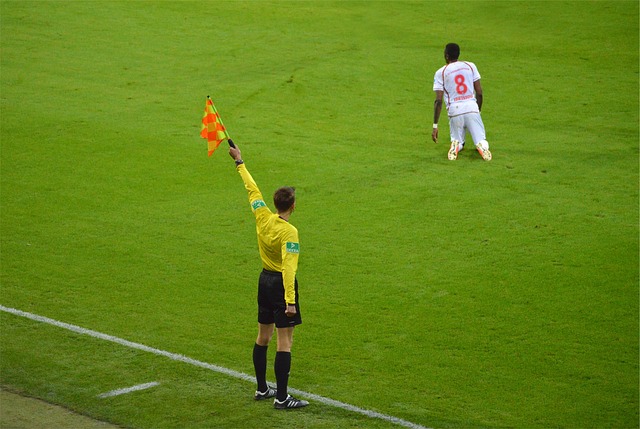What is The Football Rules:
Football is played according to some rules. Which is called the rule of the game. Some amendments are allowed in the rules for junior, elderly or women. Often rules are made for a comprehensive view, which provide flexibility based on the nature of the game. Rules of play are made by FIFA. But not only by FIFA but also maintained by the International Football Association Board.
 |
| Football Rules |
Players, Equipment and Staff-
This game is played using a round ball, which is known as football. There are two teams of eleven players. In which each player tries to put the ball in the other team’s goal post. In the round post, the team who is more goals by the end of the game, is the winner of the team.
The goal keeper is the only player who is allowed to play and hold the ball in his hand or arm. But he can do this only to the penalty area in front of his goal. Although there are many positions in it, in which the coach gets the position according to the strategy. There is no mention of these positions in any law and neither is it necessary. If both teams do the same goal then the game gets drawn. The remaining players, except the goalkeepers, can not handle the ball with their hands or arms afterwards. Players can use their hands to throw the ball out in the throw-in.
Basic Equipment or Kit –
The basic equipment or kit includes Jersey socks, shoes and shin guard etc. Basic equipment does not require a headgear, but the player can use it to protect his head injury. The player is forbidden to wear or use something that is dangerous for his own or other players.
The goal keeper is given to wear such clothes so that it can easily be distinguished by other players and officials. Many players can be replaced by the other player in the middle of the game. Maximum 3 players are allowed to change in international competitions and domestic league games. However, in other competitions it can be different. The reason behind changing the player is usually injury, fatigue, decreasing ability to play or timewasting etc. at the end of the game.
The referee who is appointed for the match, has the full right to implement the rules of the game in that match and his decision is final. There are also two assistant referee with the referee. In the high level sports, there is also a fourth official who provides assistance to the referee.
Match Ground or Pitch
Time Duration-
The football match is of two periods of 45-45 minutes. In every football match, there are fifteen-minute break between the first half.
The referee is at the time of match-keeping. The game stops due to changing player and injury to the player, or the referee can give him some more time to manage.Generally added time is called injury or pause time. It depends entirely on the referee. Match ends with a hint of referee. The extraction of time was due to an incident between Stoke and Aston Villa during a match in 1891.
In the league competitions, the game can end with a draw, but in some competitions, if the game is tied to the scheduled time, then that match can last for extra time, which is of two periods of fifteen minutes
The first goal score in the extra time is called the golden goal. If a team is ahead in the score by the end of the extra time, then it is called silver goal. The Golden or Silver Goal was used in the 1998 and 2002 World Cups. In the 1998 World Cup Golden or Silver Goal made the first game of the match between Paraguay and France.
Germany was the first country to beat Czech Republic in the Euro 2012 final by winning the Golden / Silver goal in the final. But IFAB closed the rule.
Rules of Kicks
Corner kick – When the ball crosses the goal line without a goal.
Indirect free kick– For Fouls get anti team
Direct free kick – Due to dishonesty, the listed penalties get.
Penalty kick – Due to dishonesty, there is a direct free kick but due to dishonesty in the penalty area, the opposition team gets a penalty kick in the form of a reward.
Dropped-ball – In between the match, When the referee does not give the foul of any player then refree say this is dropped ball.
Foul and misbehavior-
It is listed in the rules of the game that foul occurs only when a player commits a crime while playing. Foul which is a crime is listed in Law 12. Giving the ball a hand, touching the ball in hand, catching the opposing team or pushing the opposing team, etc. are fine foil. Foul occurs in the form of direct free kick or penalty kick punishment.
If a player is taken out, then no other player can come in his place.
The law of offside is the most complex. According to the rule of off side, the player can not go ahead of the other player without the ball.